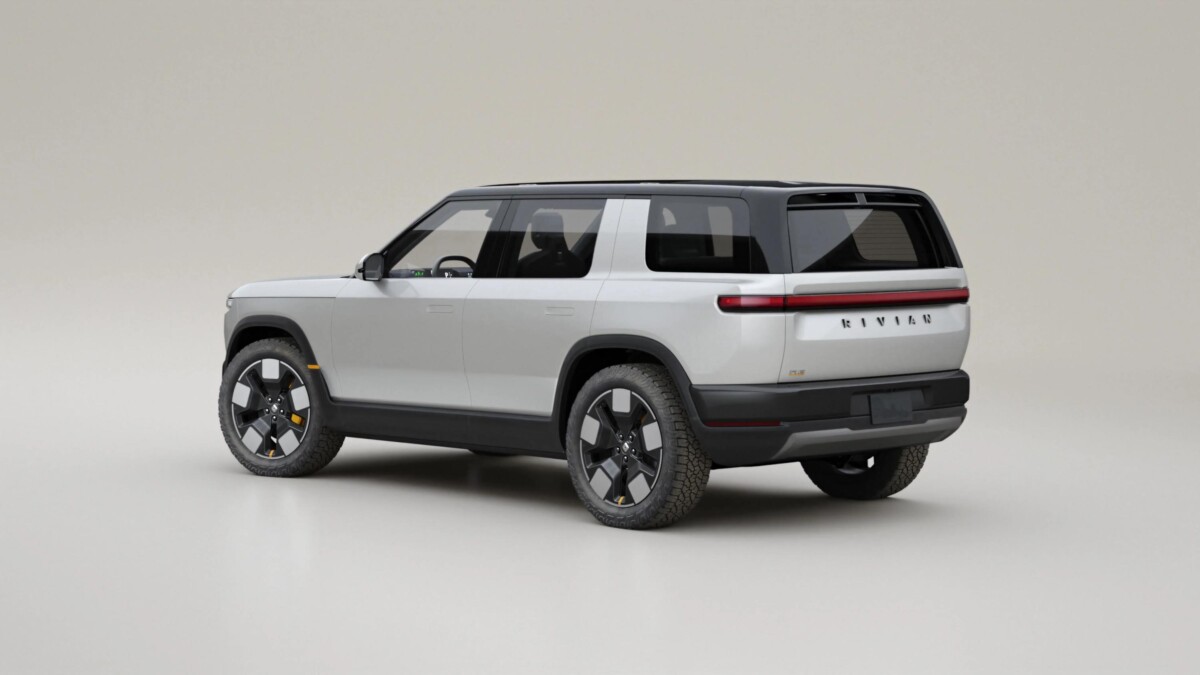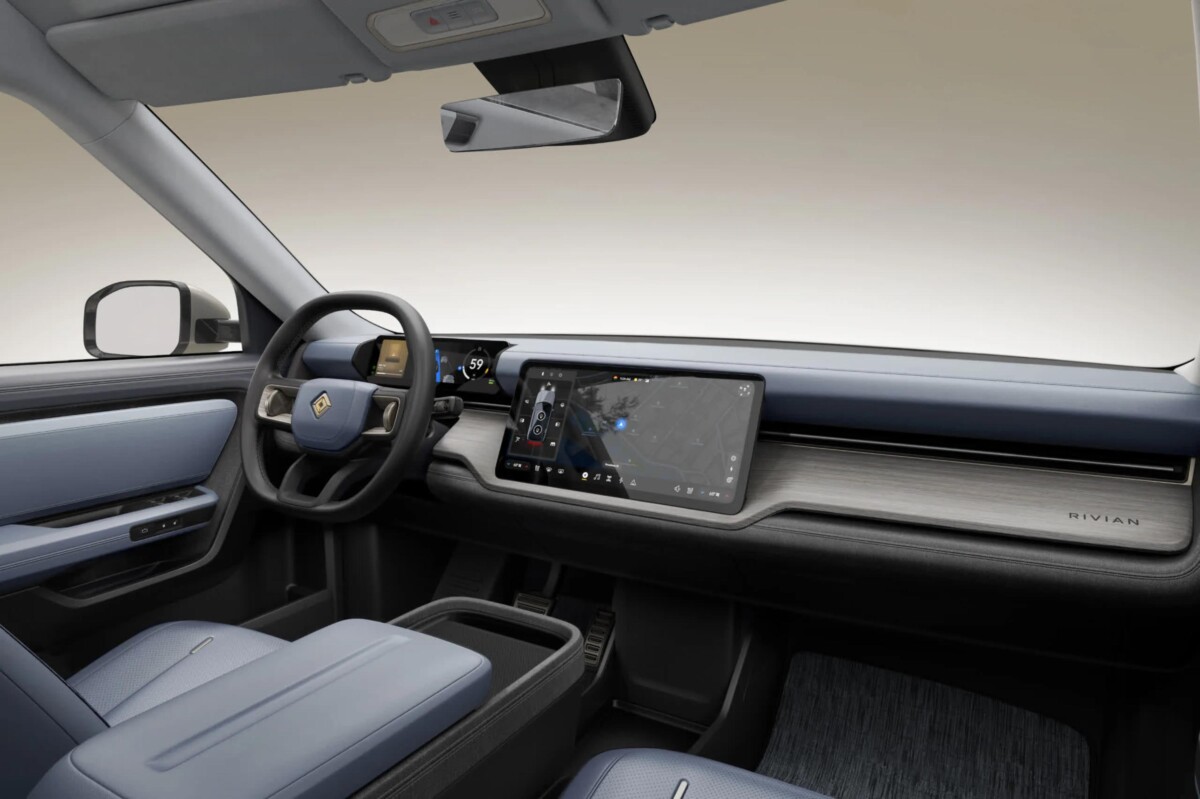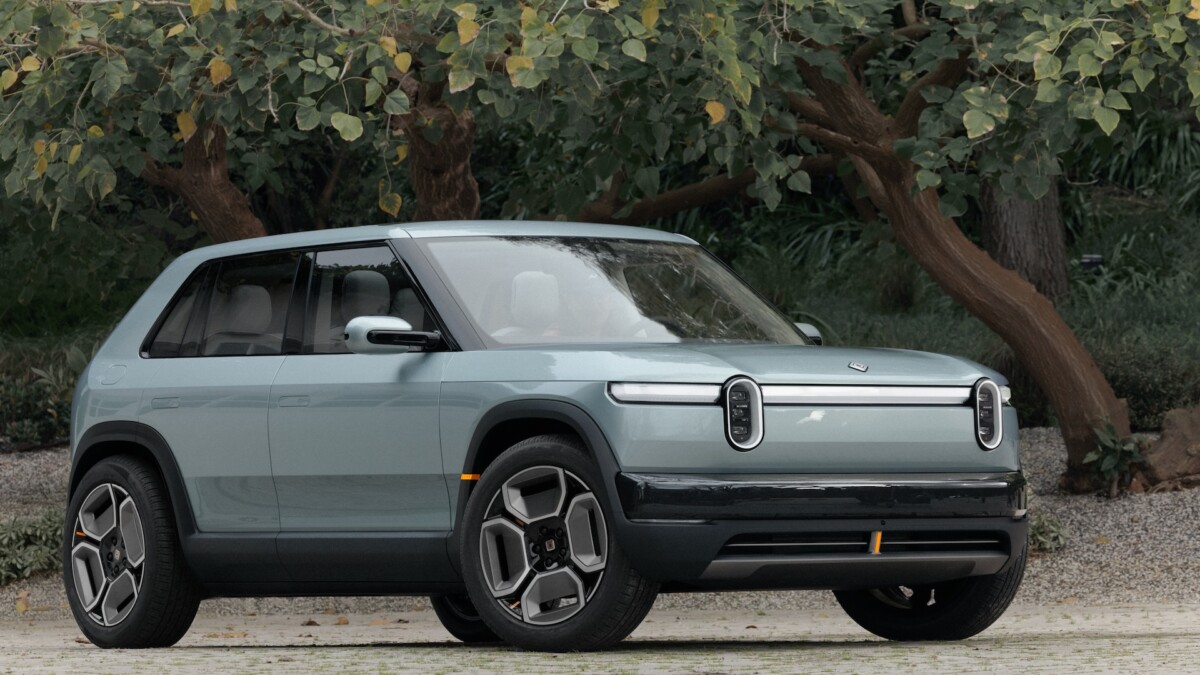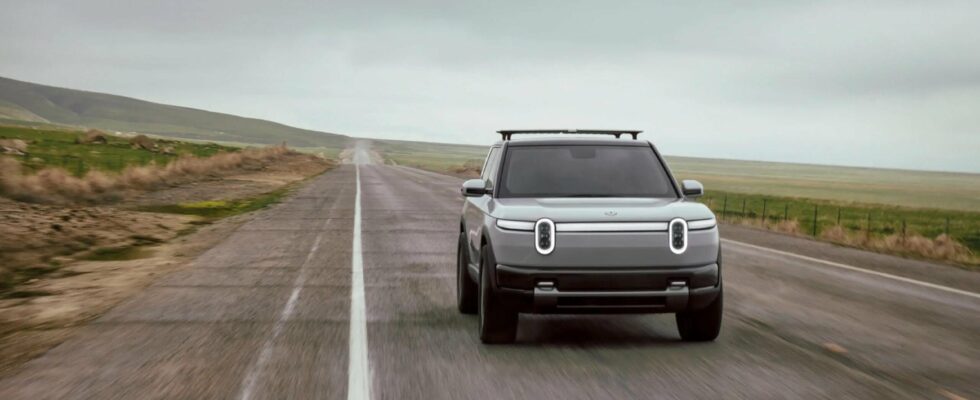Rivian, one of Tesla’s major competitors, created an event by presenting its R2, R3 & R3X, in the hope of competing with the Tesla Model Y. Little technical information was provided… except that the site A Better Route Planner, a route planner owned by Rivian, has updated its database to include these new electric cars. Enough to give us a first idea of autonomy and consumption.
Rivian is one of the most promising electric car brands at the moment. After launching its enormous R1T (a pick-up) and R1S (an SUV), the American brand presented with great fanfare its R2, a direct competitor to the Tesla Model Y, and created a surprise by unveiling the R3 and R3X, even smaller.
Intriguing models, but about which we don’t know much. Until today, when Internet users spotted that the site A Better Route Planner, the reference for route planners (and owned by… Rivian), has included these three models in its database. Let’s see what we can get out of it.
Many versions
The idea for the site? Select an electric car, specify a departure, an arrival, the desired battery level, and you receive the route to follow with the necessary charging stops, including the duration of the latter and the quantity of energy recovered.
With this surprise update, a lot of information can be gleaned. The first is the versions envisaged for the R2, R3 and R3X.

For the R2, three engines would be present. There would be the “Single Motor” (a motor), “Dual Motor” (two engines) and “Tri Motor” (three engines, congratulations). Two battery packs are also planned: ” Standard “ And ” Wide “ ; the first two engines would be entitled to both packs, while the “Tri Motor” will only have the largest.
For the R3 and R3X, it’s more nebulous. The site only gives one version for each, without real characteristics, but Rivian mentioned that the R3X would also be entitled to three engines – it remains to be seen, for the R3, whether it will have one or two engines.
Let’s take out the product crosswise
Let’s get into the thick of it. At our disposal? Average consumption at 110 km/h, recharge times and quantities of energy recovered. This will help us calculate the most interesting technical characteristics.

There battery capacity, For example. On the R2 ” Standard “it would take approximately 70 kWhwhich can be recharged with 10 to 80% in 30 minutes (i.e. an average charging speed of around 95 kW). For the version ” Wide “we would leave on 93 kWh approximately, also recharging itself with 10 to 80% in around thirty minutes (the average charging speed then increases to approximately 120 kW).
As for autonomy, the number of versions forces us to create a nice table for you to be more readable. Here it is :
| Single Standard | Single Large | Dual Standard | Dual Large | Sort Large | |
|---|---|---|---|---|---|
| Estimated range @ 110 km/h (km) | 361 | 479 | 350 | 465 | 456 |
| Estimated battery capacity (kWh) | 70 | 93 | 70 | 93 | 93 |
| Consumption @ 110 km/h (kWh/100 km) | 19.5 | 19.5 | 20.1 | 20.1 | 20.5 |
For the R3 and R3Xthe site only lists one battery size, which would revolve around 71 kWh. The average charging speed would be 92 kW (enough to make a 10-80% again in 30 minutes approximately), while the consumptions are obviously different: 14.5 kWh/100 km for the R3 and 15.9 kWh for the R3X.
In fact, the autonomy follows: approximately 490km under these conditions for the R3 and 447km for the R3X.
Limits of exercise
Please note, however: these figures are only estimates and the reality may differ on several levels. The first is that the consumption displayed on the site is not that approved (whether on the European WLTP or American EPA cycle), but corresponds to an estimate made at constant 110 km/h and under 20°C. .

This still allows us to be able to compare with existing models. Among them, there is of course the target to be knocked down for the R2: the Tesla Model Y.
Under these conditions, the Model Y “Propulsion” (with small battery) is satisfied with a very weak 17 kWh/100 kmthere “Great Autonomy” (two motors and large battery) 17.5 kWh/100 km and the ” Performance “ (two more powerful motors and large battery) 18.4 kWh/100 km. Much less than comparable versions of the Rivian R2, therefore.
For information, it is necessary to count respectively 15.7, 16.9 and 17.3 kWh/100 km in WLTP approval for the three versions of the Model Y (which takes into account lower average speeds and passages in town , notably).
As for recharging, the “Propulsion” version equipped with the BYD battery can charge from 10 to 80% in 20 minutes, which is incredibly little, while the “High Autonomy” and “Performance” carry out the exercise in 30 minutes. approximately.

The second caveat to these figures is that the R2 and R3 won’t arrive anytime soon : the R2 should not arrive before 2026 in the USA (and 2027 in Europe), while the R3 & R3X will wait for their big brother to ramp up!
Brief, many things still have time to change between now and the final characteristics of production in at least two years.
Want to join a community of enthusiasts? Our Discord welcomes you, it is a place of mutual help and passion around tech.
